Raddy RF757 Shortwave Radio Review
- Ham Talk, Product Review
-
 Posted by Kate Lin
Posted by Kate Lin
- Leave a comment
--By Jay Allen
Raddy offers a wide range of radios including several with frequency coverage well beyond the typical multi-band radio and the new RF757 is a recent addition to the line. It many ways it appears to be a compact version of their larger RF919 which I reported on previously. In addition to the wide frequency coverage the RF757 also offers TF card Record & Play, a Universal USB C jack which functions for battery charging and PC interface with many associated capabilities in that mode, plus the ability to be controlled by a smartphone to expand its already wide range of capabilities.

Features & Specifications:
Frequency Coverage:
In The Box:

Checking It Out:
Most companies adopt similar concepts across many models and such is the case here. After having tested a few other Raddy models I found the RF757 fairly easy to get to know but I continue to note that the manual is poorly organized and therefore not very clear at showing how everything works. The printed manual is small but you can download a full-sized manual from their website’s Download Area:

Most of the information is there…it is just not presented in an orderly fashion to help you get started. I think a better approach might be to list all the features at the top, then provide a step-by-step guide to turning on the radio for the first time, how to adjust the major settings for your preferences, then continue on to the main operations such as tuning methods etc. As with many current day radios, setting the FM band limits also sets the AM frequency range and step size. The band selections are the same s with the Raddy 750 Plus – check this first as changing this setting clears all memories:

Following the tradition of many other Raddy models the RF757 offers exceptionally wideband frequency coverage including not only AM, FM, SW, Air band and Weather band but also the VHF/UHF spectrum from 25 to 999 MHz. It lacks some features of the much larger RF919 such as LW and CB bands, as well as SSB and the RF919’s extremely flexible external antenna inputs. The bandwidth control only affects FM and Air, and the Local/DX switch doesn’t affect AM. Nevertheless, the RF757 gives you huge band coverage in a very compact package. For professionals and hobbyists familiar with these bands the Raddy is a portable window to the world but if these frequencies are new to you, you need to look up working frequencies for your area such as:
Radio Reference.co for Public Service listings
Airnav.com for airport info near you.
Using the RF757:
After a brief familiarization period I felt very at home with the RF757. Certainly, the presence of a keypad with direct frequency access is a big convenience and makes navigating the bands faster. Each band is divided into sub-bands which step you through groups of frequencies to aid in quicker navigation and 1000 memories are surely more than I will ever need. And while it is unfortunate that there is only one AM/SW bandwidth (5 KHz) the variable bandwidths on FM/VHF are helpful. You can select 50 MHz and easily separate crowded FM signals, or you can choose a wider bandwidth for better sound, especially when feeding FM Stereo to an external system or earbuds.* In fact, the Raddy is smart enough to always switch to wide bandwidth (200 MHz) bandwidth when switching to stereo to ensure lowest distortion and most open sound although you can still select narrower bandwidths if needed. It is also nice to be able to manually turn stereo on and off…many more expensive radios omit this feature.
*(Changing bandwidth on FM is quite different than on AM or SW. Decreasing FM bandwidth improves selectivity just as it does in AM modes but it does not reduce high frequency response…instead it subtly increases distortion. This is because in FM (Frequency Modulation), higher modulation levels equate to wider bandwidth, so narrower reception bandwidth increases distortion and can even reduce or eliminate stereo reception. By portable standards this increase in distortion may not be noticeable but if you feed the stereo output to quality earbuds or an externa sound system you can clearly hear the effect of reducing bandwidth so the best recommendation is to use the widest bandwidth that achieves the needed selectivity for the given signal).

Reception was generally good but as is typical for many radios with extremely wide frequency coverage, not super sensitive on AM and FM. Comparing the Raddy R757 with a few other AM/FM/SW portables the reception was not bad but there were some FM images here and there and a local strong FM signal sometimes broke through to other frequencies. The Local/DX switch eliminated this effect. I also tried the included 10-foot wire antenna as well as a 23-foot reel up and again the images increased unless I engaged the Local setting. SW has 5 selectable tuning steps all the way down to .001 MHz but the minimum AM band steps are 9/10 KHz…you cannot fine tune in 1 K steps. When using the whip I found that shortening it eliminated these images and the resulting sensitivity was still adequate for typical listening.
Band switching can be a bit slow. Worst case scenario such as going from MW through all the bands SW, Air, VHF, WB to FM takes 15 seconds because each step takes a few seconds to take effect. You may not do this often but buttons for direct band access would be nice if they could be fit in. This slight delay also affects Power On. You have to press Power twice to turn the radio on but you have to wait a second between presses or a third press will be required.
It is nice that Raddy includes earbuds but you can get much fuller audio from better buds. You can’t expect included earbuds to match ones that cost $25 – $50 or more given the price of the radio…the included buds are designed for utility use.
Other Notes: The USB C jack has multiple uses. In addition to charging the battery it allows the radio to be connected to a computer to act as a speaker and to transfer files to or from a TF card.
Finally there is a dedicated slide switch on the back which controls the flashlight and S.O.S. Emergency Alarm feature making them both easy to access quickly.

Conclusion:
The Raddy RF757 is a very cool compact radio. The target user is someone who will appreciate its wide band coverage for which it was designed. I was able to listen in on airport communications and some local public services and the Squelch control worked well on those bands. The smart phone app is essentially a remote control and worked as intended. The radio has pleasant sound quality for its size and the display is visually pleasing. For weak signal reception on AM and FM a typical AM/MW or AM/FM/SW will be better but for a compact wideband receiver the Raddy RF757 is a good performer and lots of fun.
Recommended!
![Radioddity GD-168 [OPEN BOX] - Radioddity](http://radioddity.myshopify.com/cdn/shop/files/GD-168_1600x1600_3922a234-2fe4-4b80-8282-3f6d17a10d71.png?v=1762470234)

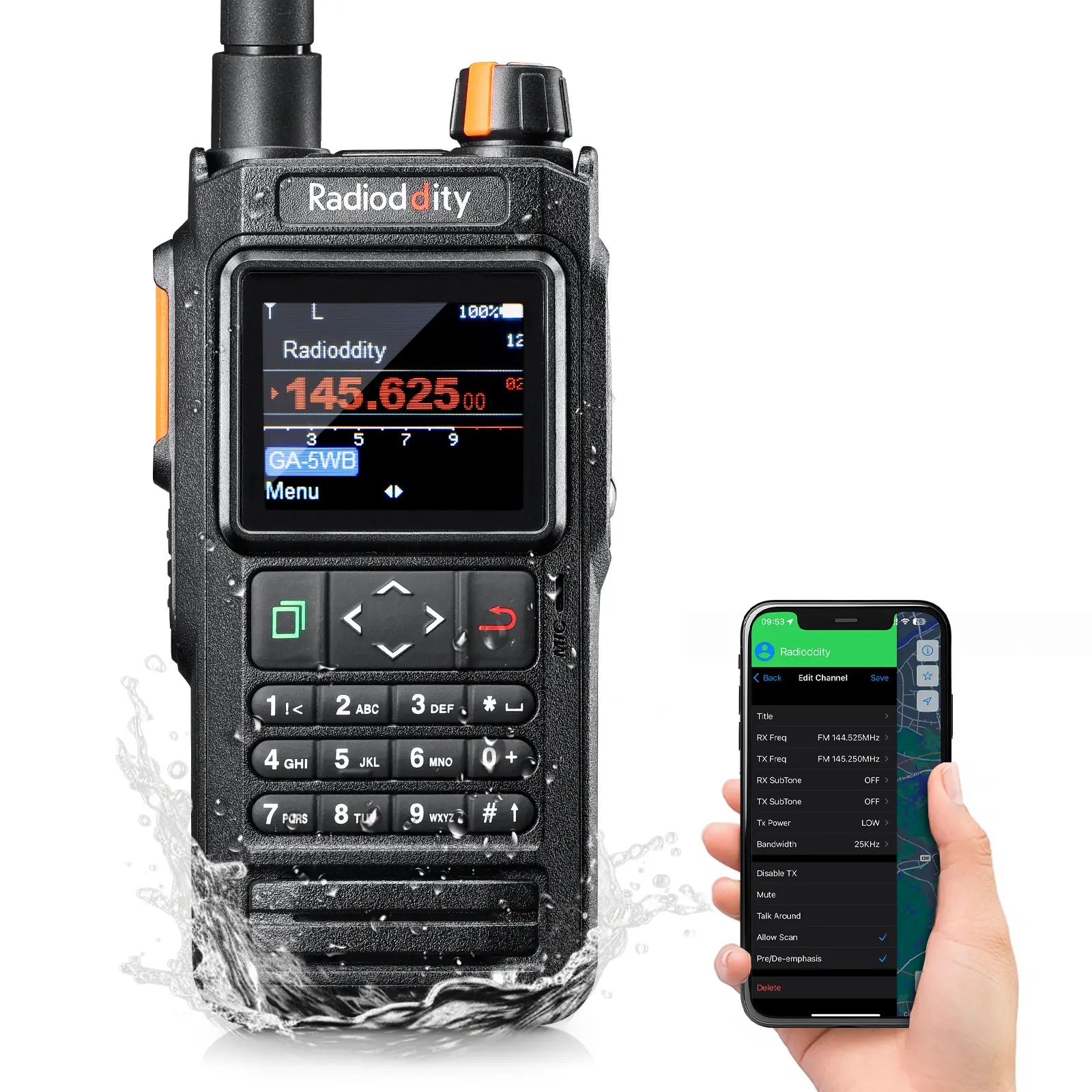








![Baofeng GT-5R 5W Dual Band Radio [Upgraded Legal Version of UV-5R] - Radioddity](http://radioddity.myshopify.com/cdn/shop/products/GT-5RImage.png?v=1762459898)
![Baofeng UV-5R PLUS [5 Colors] | DUAL BAND | 4/1W | 128CH | FLASHLIGHT - Radioddity](http://radioddity.myshopify.com/cdn/shop/products/3_58c037e1-560a-4c85-bd75-67c202269d29.jpg?v=1762457615)










![GA-2S UHF Long Range USB Two way Radio [2/4/6 Packs] - Radioddity](http://radioddity.myshopify.com/cdn/shop/products/5_96d2d28c-8609-4f29-926b-d423141df2f4.jpg?v=1762457835)



![Baofeng BF-888S [2 Pack] | UHF | 5W | 16CH | CTCSS/DCS | Flashlight - Radioddity](http://radioddity.myshopify.com/cdn/shop/products/1___1___1.jpg?v=1762457605)
![Baofeng GT-1 [2 Pack] | UHF | 5W | 16CH | Flashlight | FM Function Two-Way Radio - Radioddity](http://radioddity.myshopify.com/cdn/shop/products/ia_100000006122.jpg?v=1762457668)


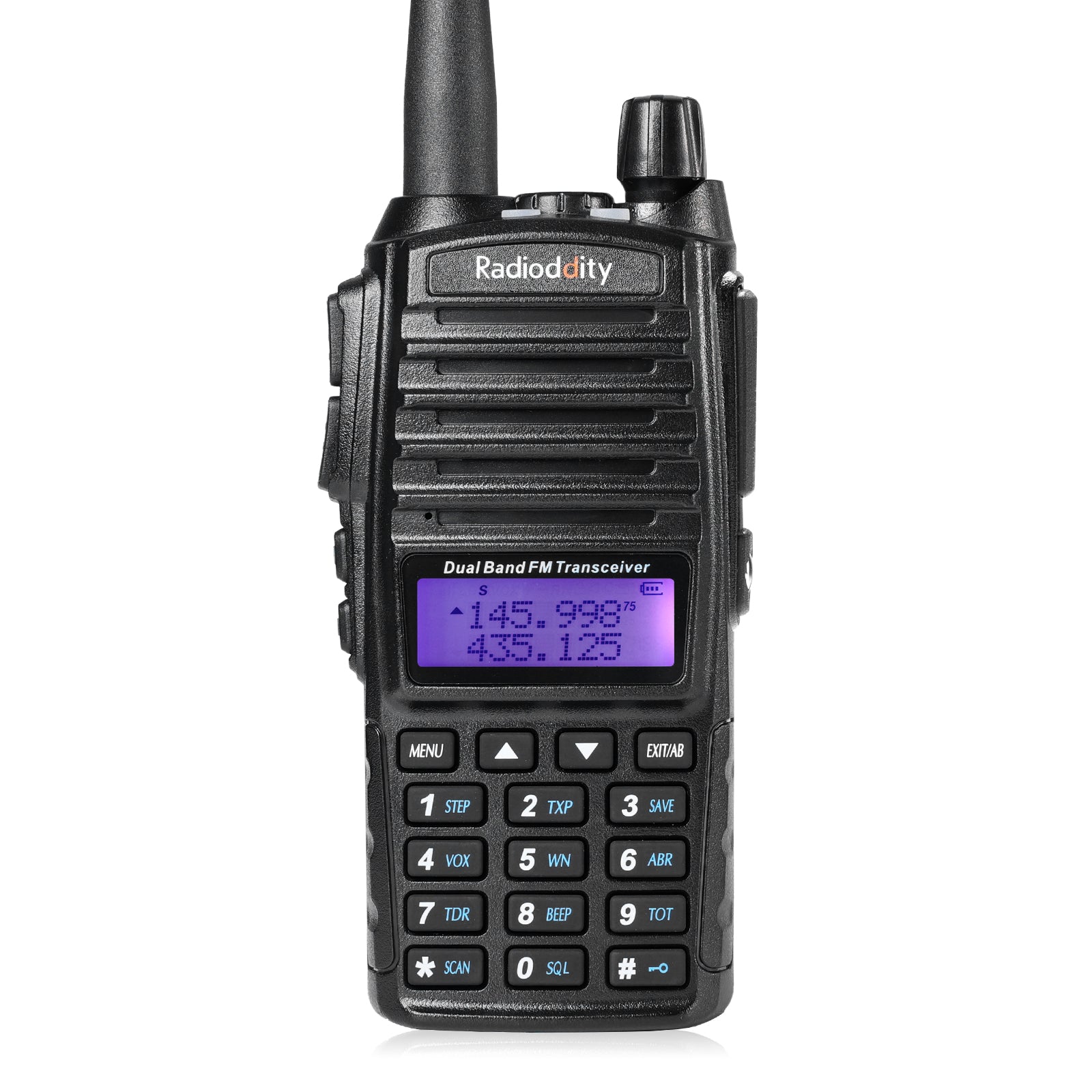




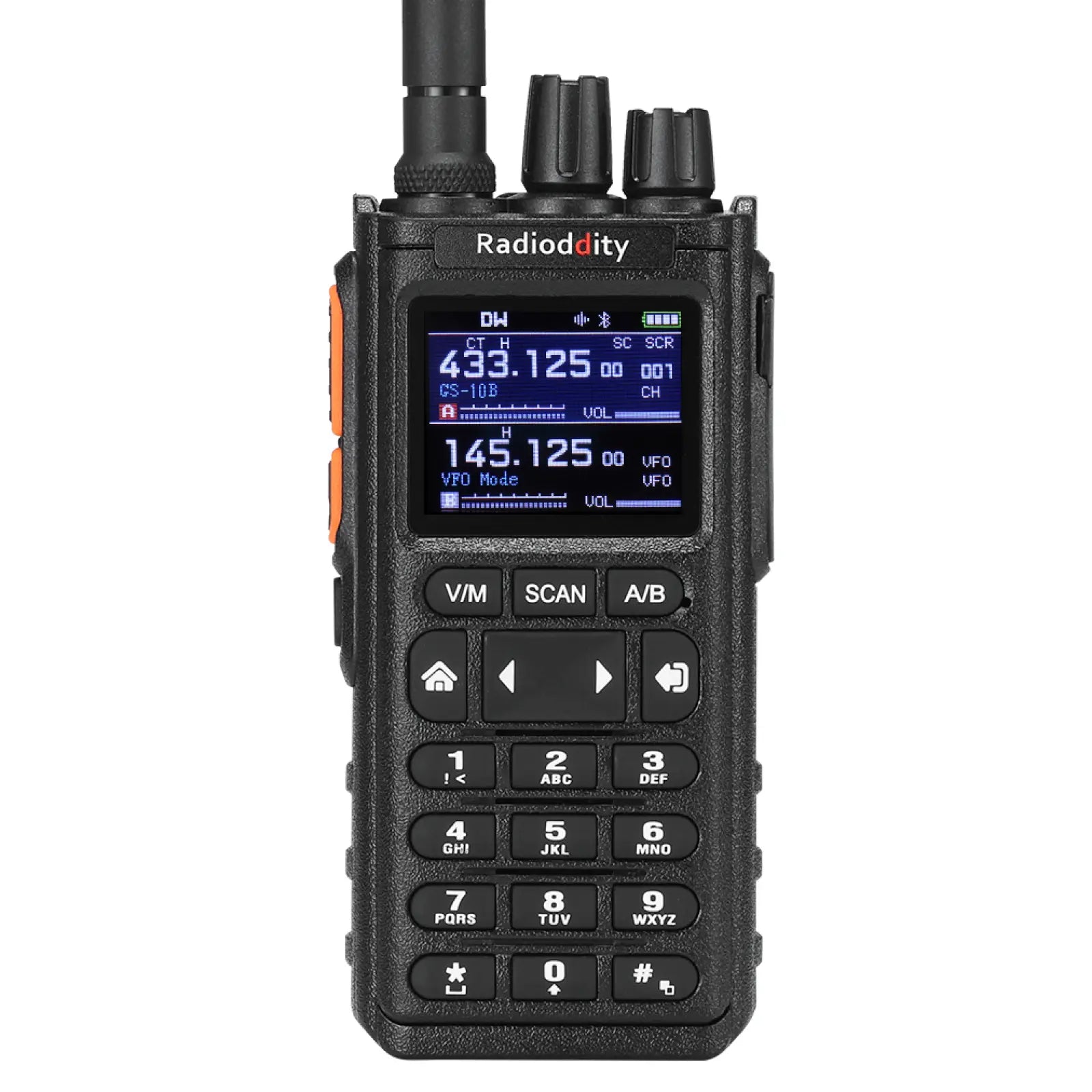
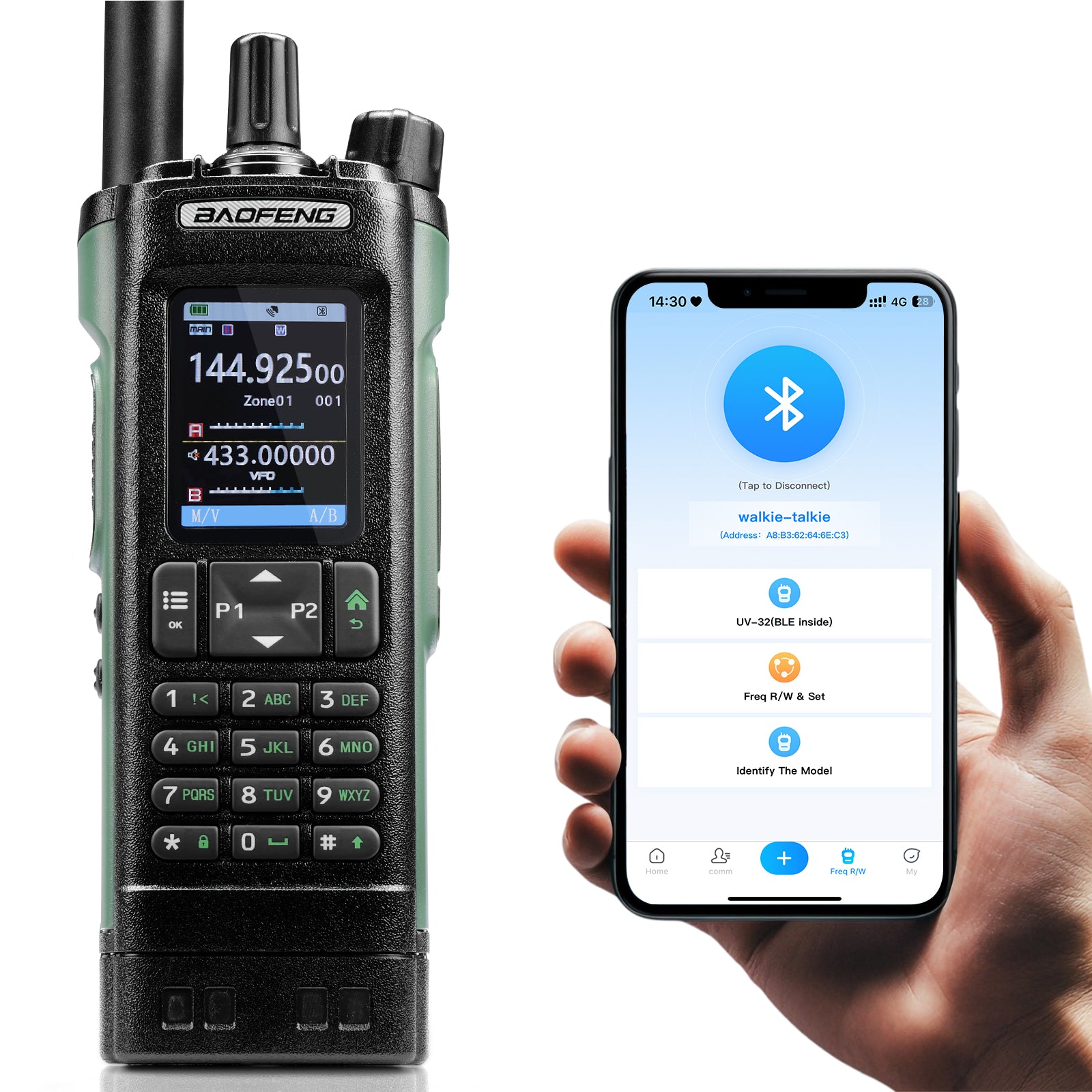
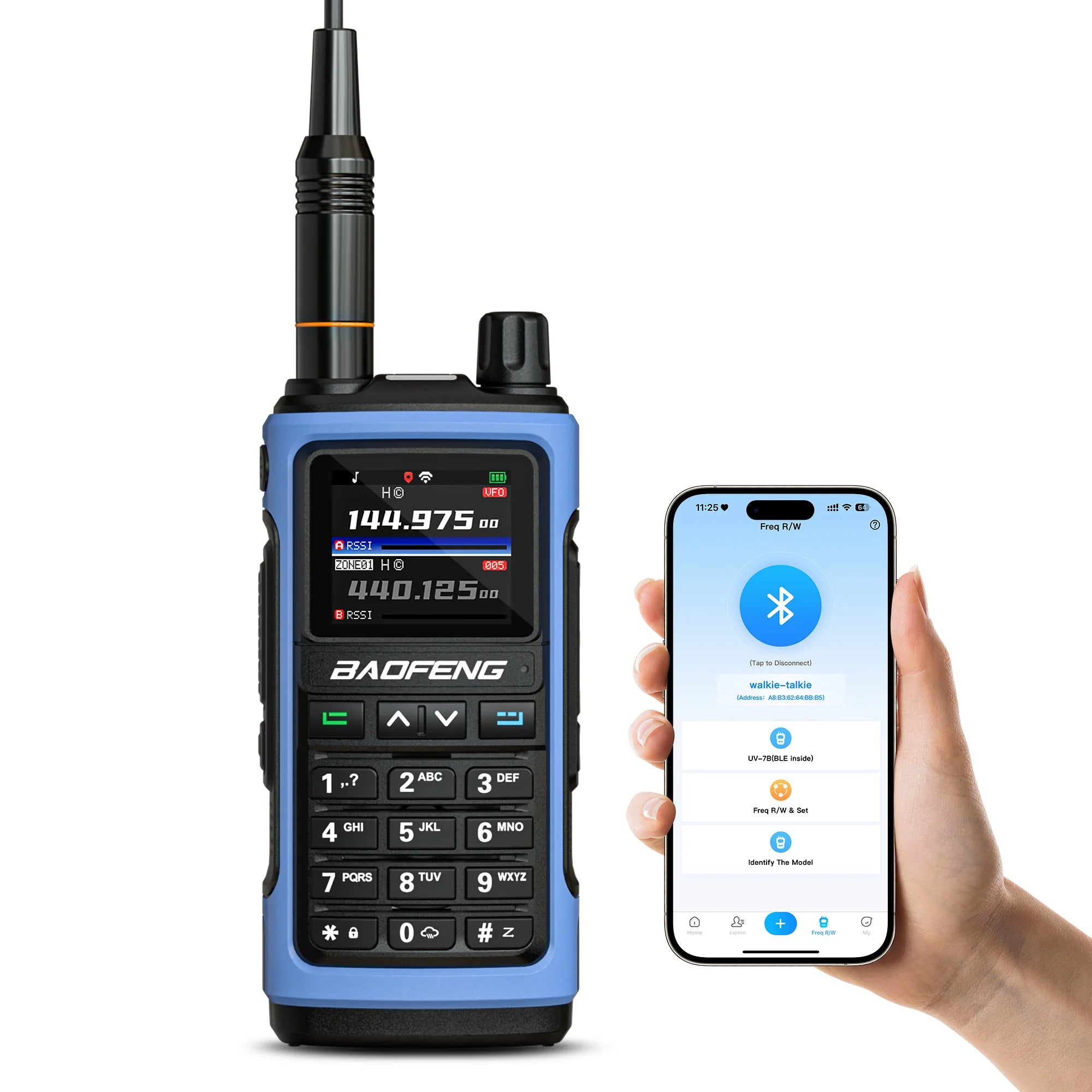










2 comments
Keith Davis
I got one of these about three weeks ago and was going to write a review…..but you’ve covered all the bases. I agree, it’s a great little radio and SSB would have been nice, but for the price I have no complaints.
Greg Saunders
No SSB? That’s a non-starter.
And please, why do manufacturers insist on “soft-muting” when tuning?
My 45 year old Sony ICF2001 somehow figured it out.